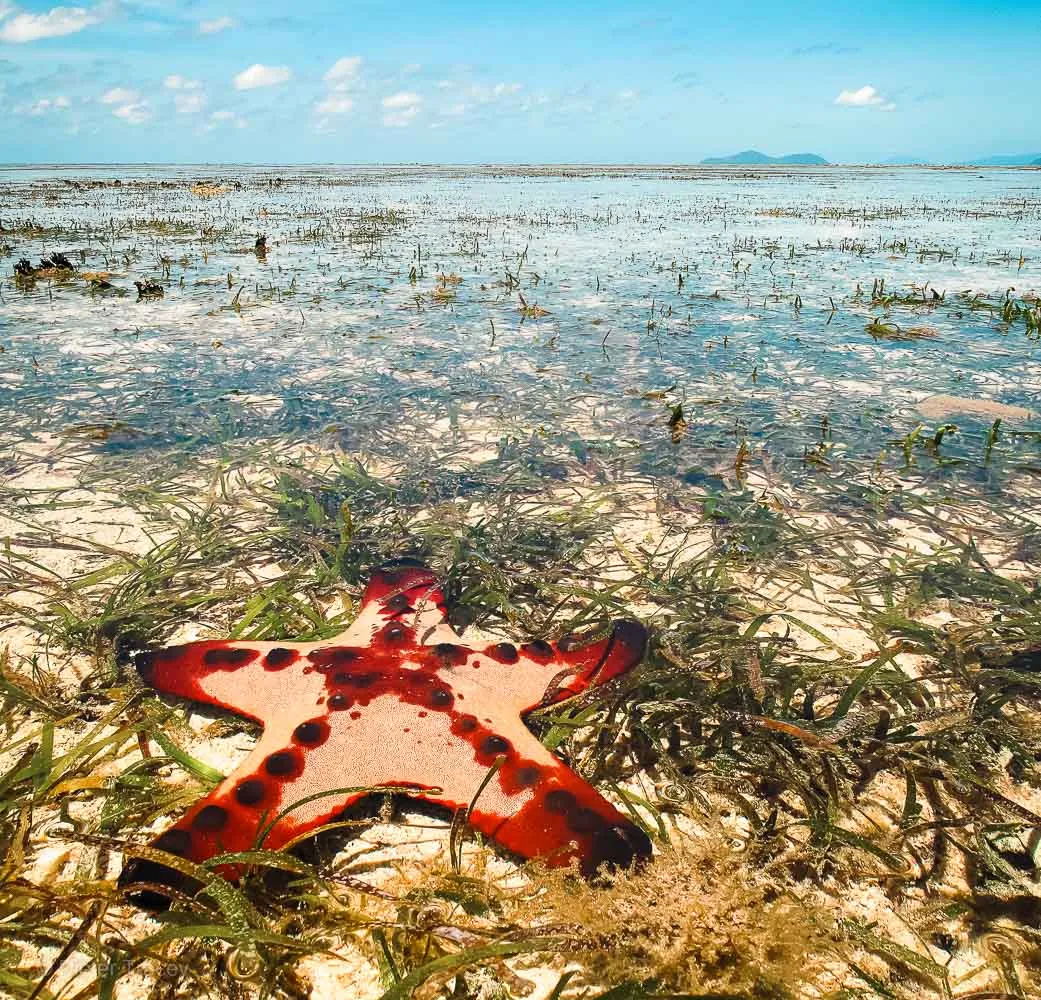Sea temperature plays a critical role in the life of marine species and warming oceans are causing widespread and severe impacts.
Summer is always a period of heightened risk for the Reef, as extreme hot weather brings the threat of marine heatwaves and coral bleaching.
Trends
Globally, the average air temperature of the Earth’s surface has warmed by over 1 degree Celsius since reliable records began in 1850. Each decade since 1980 has been warmer than the last, with 2010–19 being around 0.2 degrees Celsius warmer than 2000–09.
Australia’s climate has warmed on average by 1.44 degrees Celsius since national records began in 1910, with most warming occurring since 1950 and every decade since then being warmer than the ones before.
Sea surface temperatures are increasing too, as over 90 per cent of the excess heat gained in the atmosphere from enhanced greenhouse warming is going directly into the oceans. Sea surface temperatures in the Australian region have warmed by around 1 degree Celsius since 1910, with the Great Barrier Reef warming by 0.8 degrees Celsius in the same period.
Projections of Australia’s average temperature over the next two decades indicate that every year is now warmer than it would have been in a world without human influence.
While the current decade is warmer than any other decade over the last century, it is also likely to be the coolest decade for the century ahead.
Effects
Rising sea surface temperatures are affecting most aspects of the Great Barrier Reef, as sea temperature influences the distribution, survival, reproduction, growth, physiology and productivity of marine organisms.
Corals
Hard corals are the key habitat-forming species of coral reefs. Corals tolerate a narrow range of temperatures and are adapted to their local conditions. Slight increases in sea surface temperatures due to global warming can cause significant coral mortality.
Climate change, specifically temperature extremes, is the primary driver of coral degradation in the Region and has substantially altered the abundance and species composition of coral communities.
Mass bleaching on the Great Barrier Reef has occurred with increased frequency in recent decades. Widespread bleaching occurred in 1998 and 2002, however over the last 5 years three mass coral bleaching events have occurred in 2016, 2017 and 2020.
In 2016, sea surface temperatures on the Great Barrier Reef were the hottest ever recorded (1.03 degrees Celsius above the 1961–1990 average); a marine heatwave that led to the largest recorded mass bleaching on the Great Barrier Reef. This marine heatwave was 175 times more likely to occur under the influence of climate change than without climate change.
When unusually warm summer sea temperatures occurred again in 2017, a second mass bleaching event affected the Region. This was the first back-to-back bleaching event ever recorded on the Reef, and it caused widespread mortality of shallow-water corals.
The impact of the mass bleaching in 2020 appears to be second only to 2016 and was associated with severely bleached reefs along the entire 2300 km length of the Great Barrier Reef.
Coral bleaching is expected to occur more often and with greater severity in the future, making it difficult for reefs to recover between bleaching events. This is likely to reduce the abundance of living corals, with flow-on effects for other species dependent on reefs.
This information was sourced from the Bureau of Meteorology’s factsheet on the 2020 marine heatwave on the Great Barrier Reef, State of the Climate 2020 Report, published jointly by the Bureau of Meteorology and the CSIRO, and the Authority’s Great Barrier Reef Outlook Report 2019.
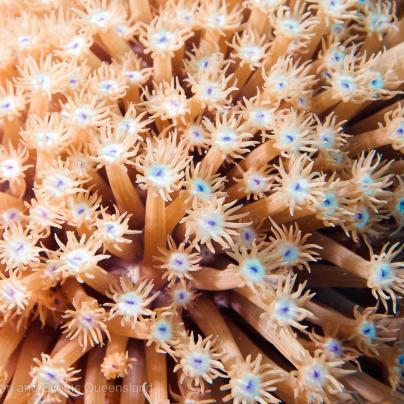
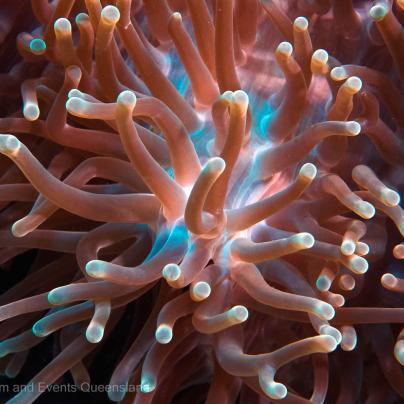

Fish
Water temperature moderates fish body temperature, which means warmer oceans can affect important biological processes of fish, including growth, reproduction, swimming ability and behaviour.
Temperature limits can also affect the distribution and abundance of bait-fish aggregations. Some species are likely to expand their geographic ranges southward (or contract their migrations northward) as waters warm.
Some fish respond well to high sea temperatures, as these temperatures can shorten incubation time, increase growth rates and improve swimming ability in juvenile fish. However, these benefits are limited to relatively minor temperature increase.
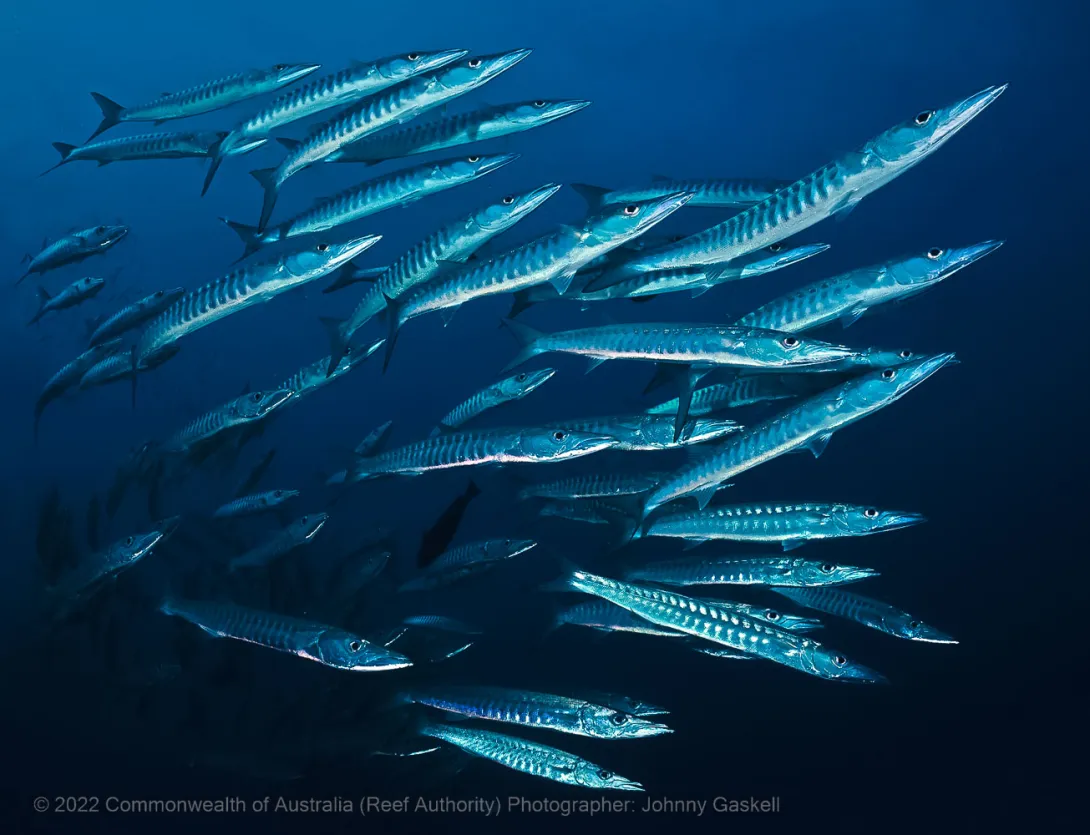
Marine reptiles
Climate change affects turtles, sea snakes and crocodiles because the environmental temperature controls the reptiles’ body temperatures (except for the leatherback turtle).
Of all the marine reptiles on the Reef, turtles are the most vulnerable to climate change. The temperature of the sand, where eggs are laid, determines the sex of turtles. Air temperature and sea temperature increases will alter turtle breeding seasons and patterns, egg hatching success and the sex ratio of the populations.
Temperature is also an important factor for the estuarine crocodile, the only crocodile species on the Reef. Nesting periods, sex determination and the running and swimming speed of a hatchling are environmentally determined and will be influenced by changes in temperature.
While currently estuarine crocodiles are most likely to be found in the northern parts of the Reef, higher air and sea temperatures could see populations move further south.
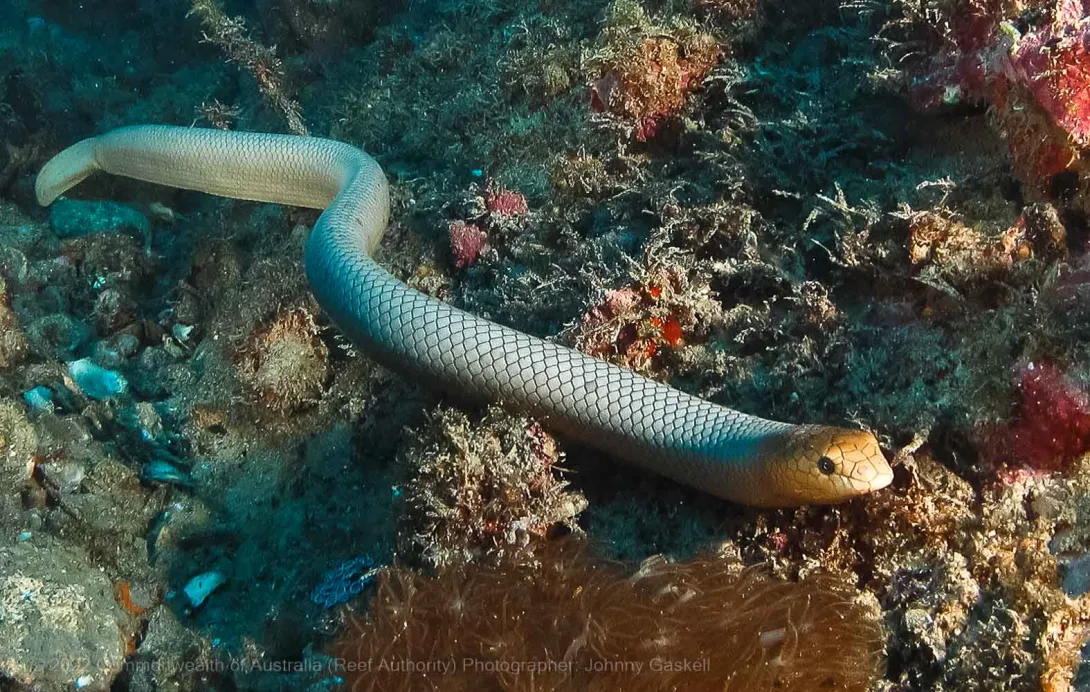
Seabirds
Seabirds are considered to be some of the most vulnerable species to climate change impacts.
During frequent or intense El Niño/La Niña-Southern Oscillation events in tropical waters, seabirds have fewer breeding cycles, slowed chick development and reduced nesting success. This is because higher sea temperatures during such events affect the availability of food for seabirds.
A steady decline in most seabird species at Raine Island (the biggest seabird nesting colony in the Great Barrier Reef) has been recorded over the last 12 years. There is also evidence that climate change has driven the ranges of Australian seabirds further south.
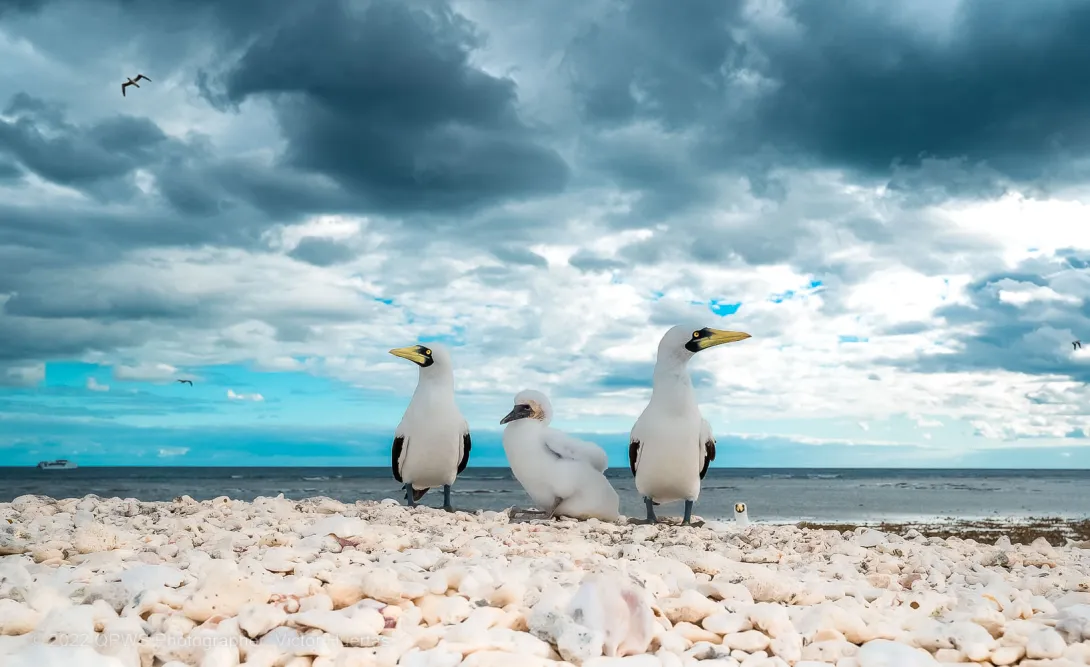
Seagrass
Water temperature partly determines the photosynthesis rates for seagrass — an important food source for dugongs and marine turtles.
Temperature increases can reduce the efficiency of photosynthesis; however, the extent of this impact may depend on the species' reliance on the light.
Temperature also plays a role in seagrass flowering (and thus reproductive) patterns.
